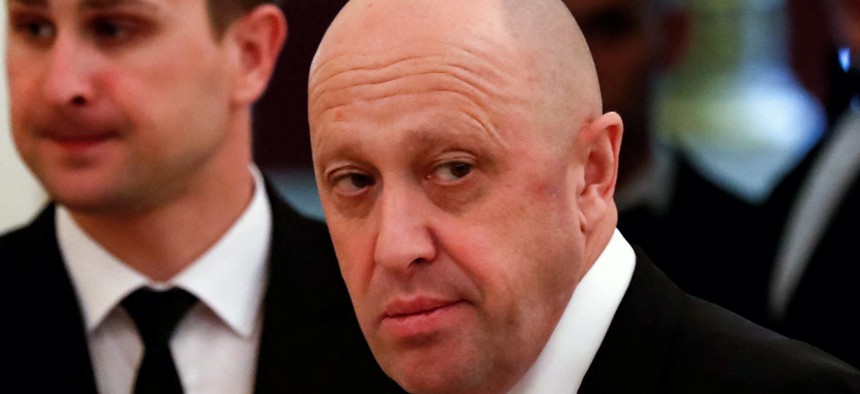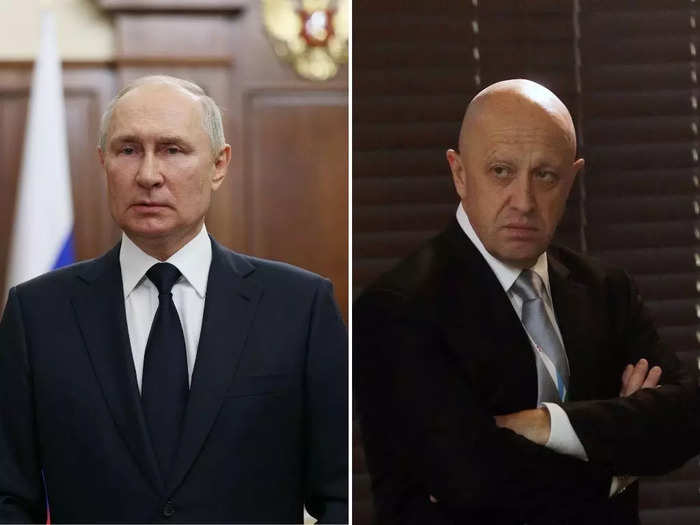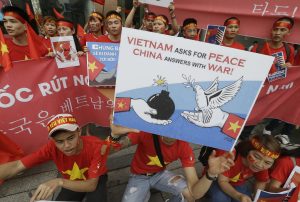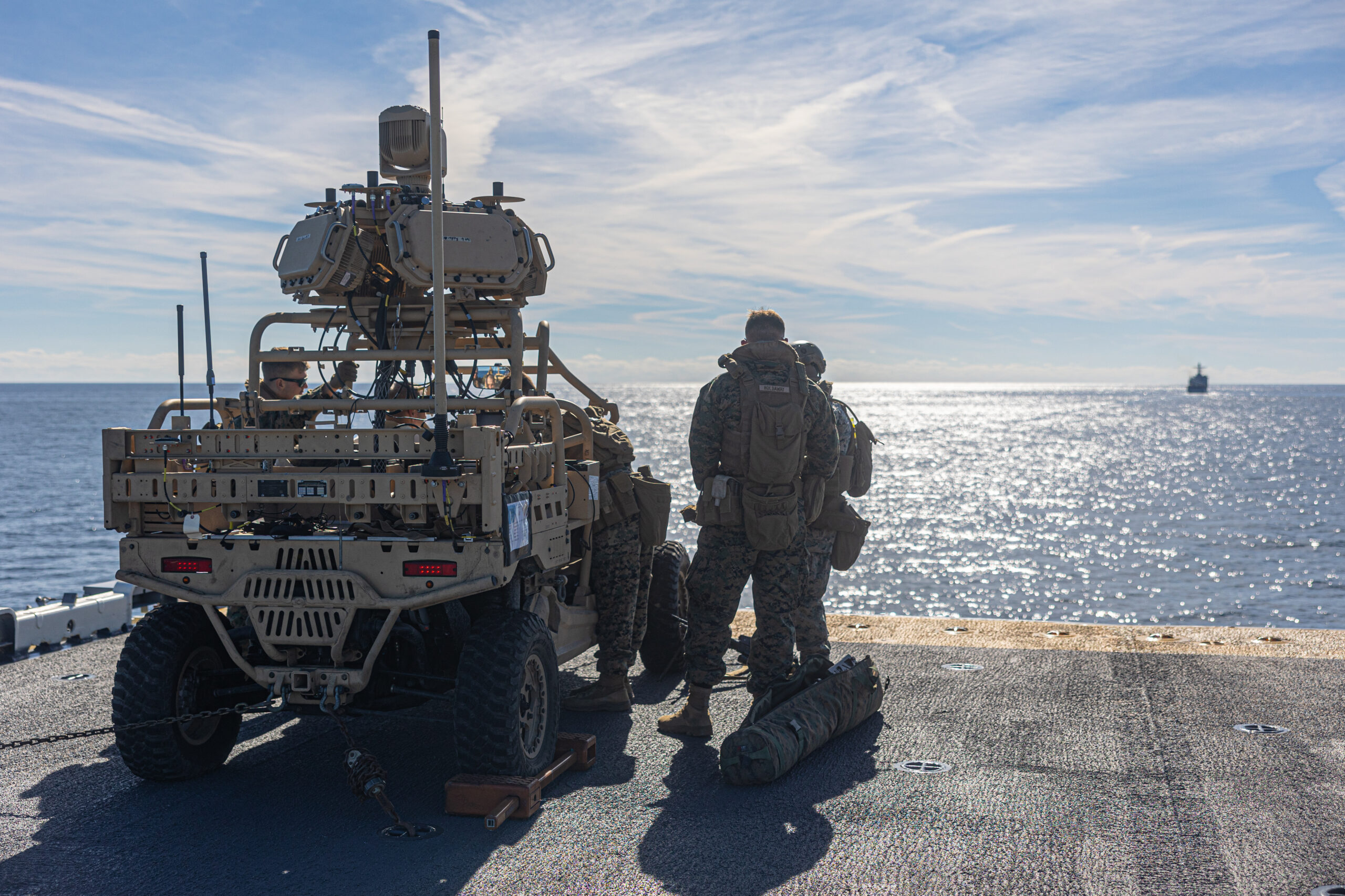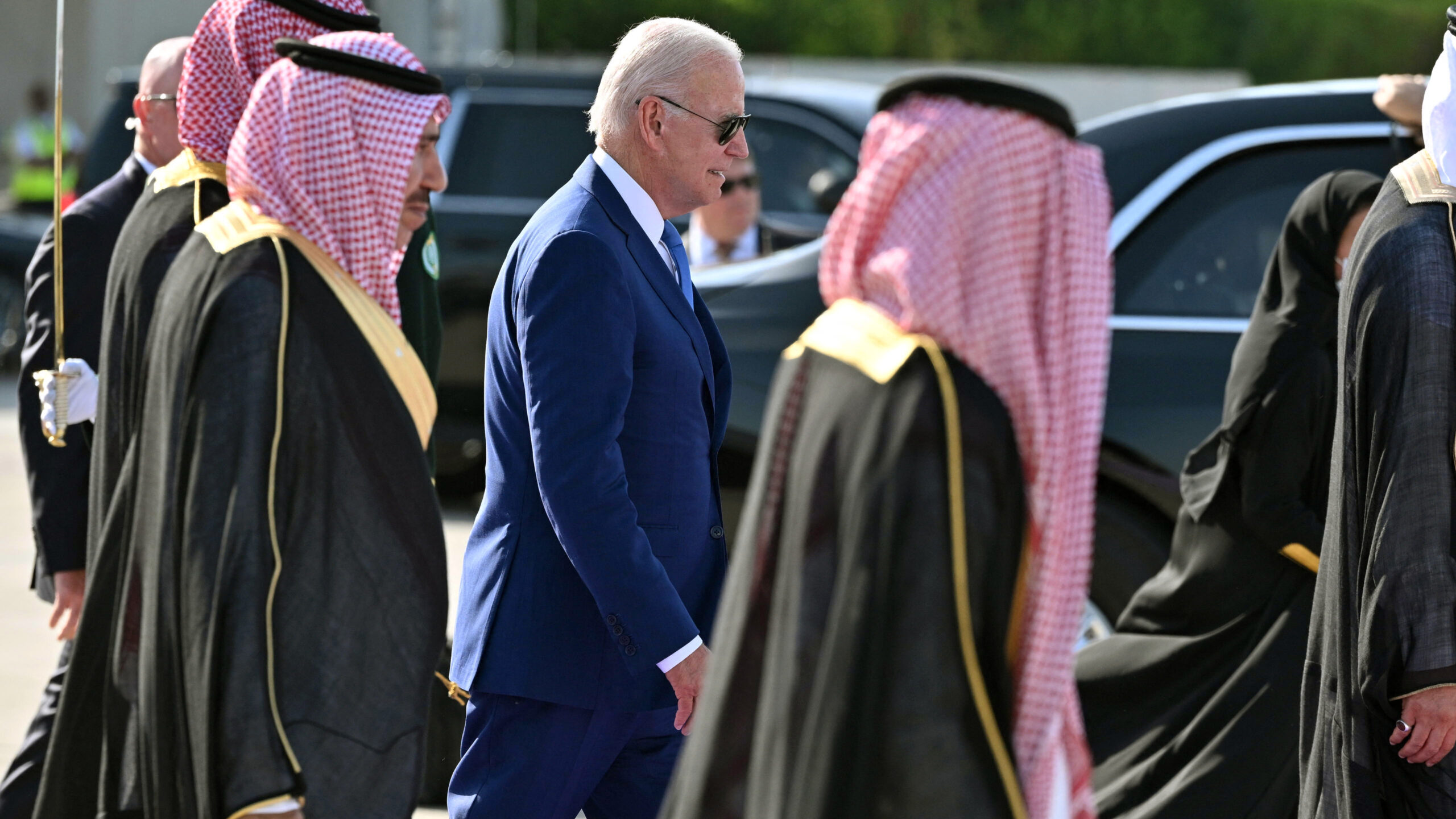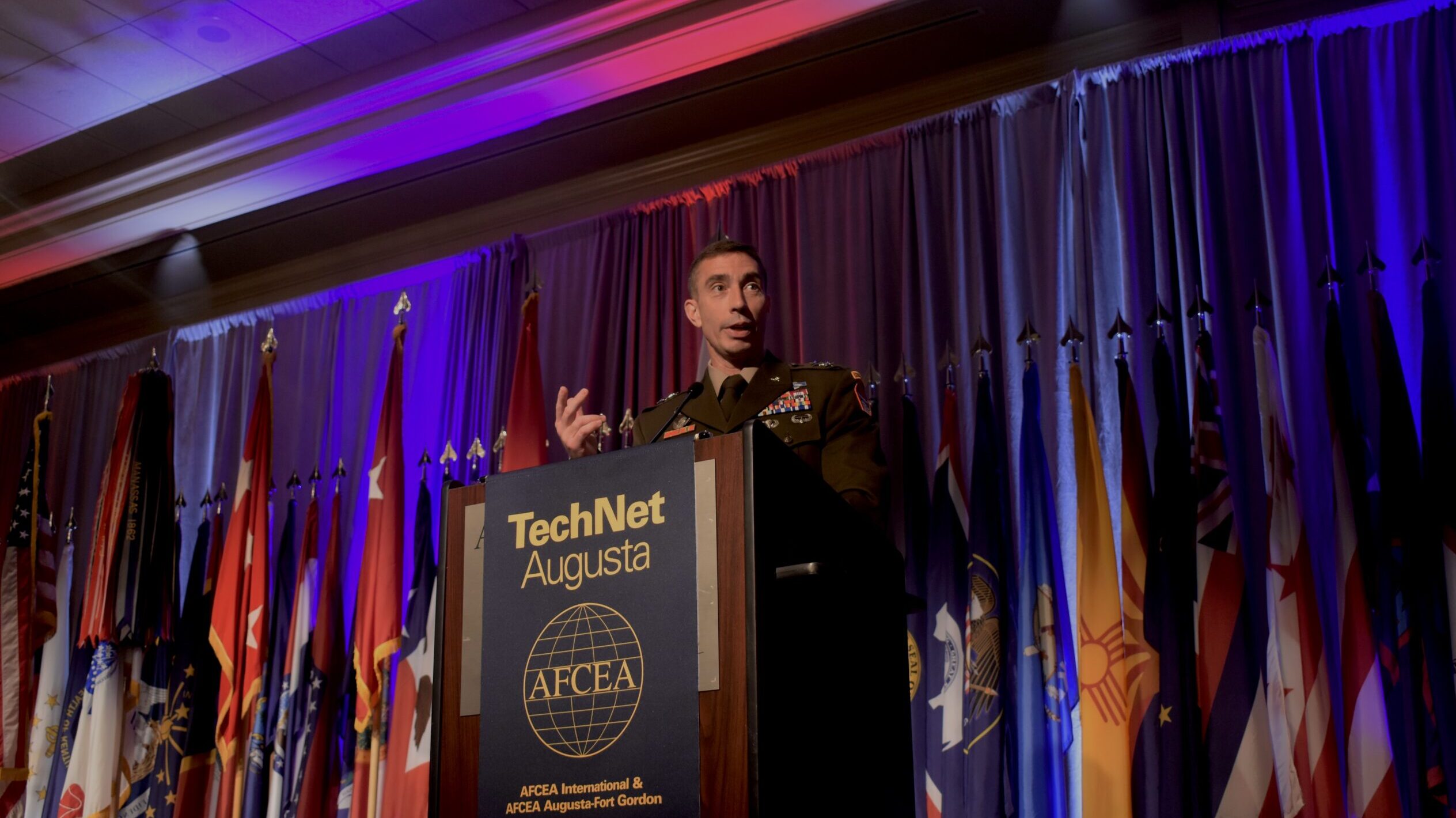
The much-anticipated expansion of the BRICS (Brazil, Russia, India, China and South Africa) bloc has gained momentum with the current members having collectively decided to extend invitations to six countries to become full members, effective from January 2024.
“As the five BRICS countries, we have reached agreement on the guiding principles, standards, criteria and procedures of the BRICS expansion process, which has been under discussion for quite a while. We have consensus on the first phase of this expansion process, and further phases will follow.
“We have decided to invite the Argentine Republic, the Arab Republic of Egypt, the Federal Democratic Republic of Ethiopia, the Islamic Republic of Iran, the Kingdom of Saudi Arabia and the United Arab Emirates to become full members of BRICS. The membership will take effect from 1 January 2024,” President Cyril Ramaphosa said.
President Ramaphosa said this in his capacity as Chair of BRICS and President of the Republic of South Africa during a media briefing to announce the outcomes of the XV BRICS Summit held at the Sandton Convention Centre in Johannesburg on Thursday.


